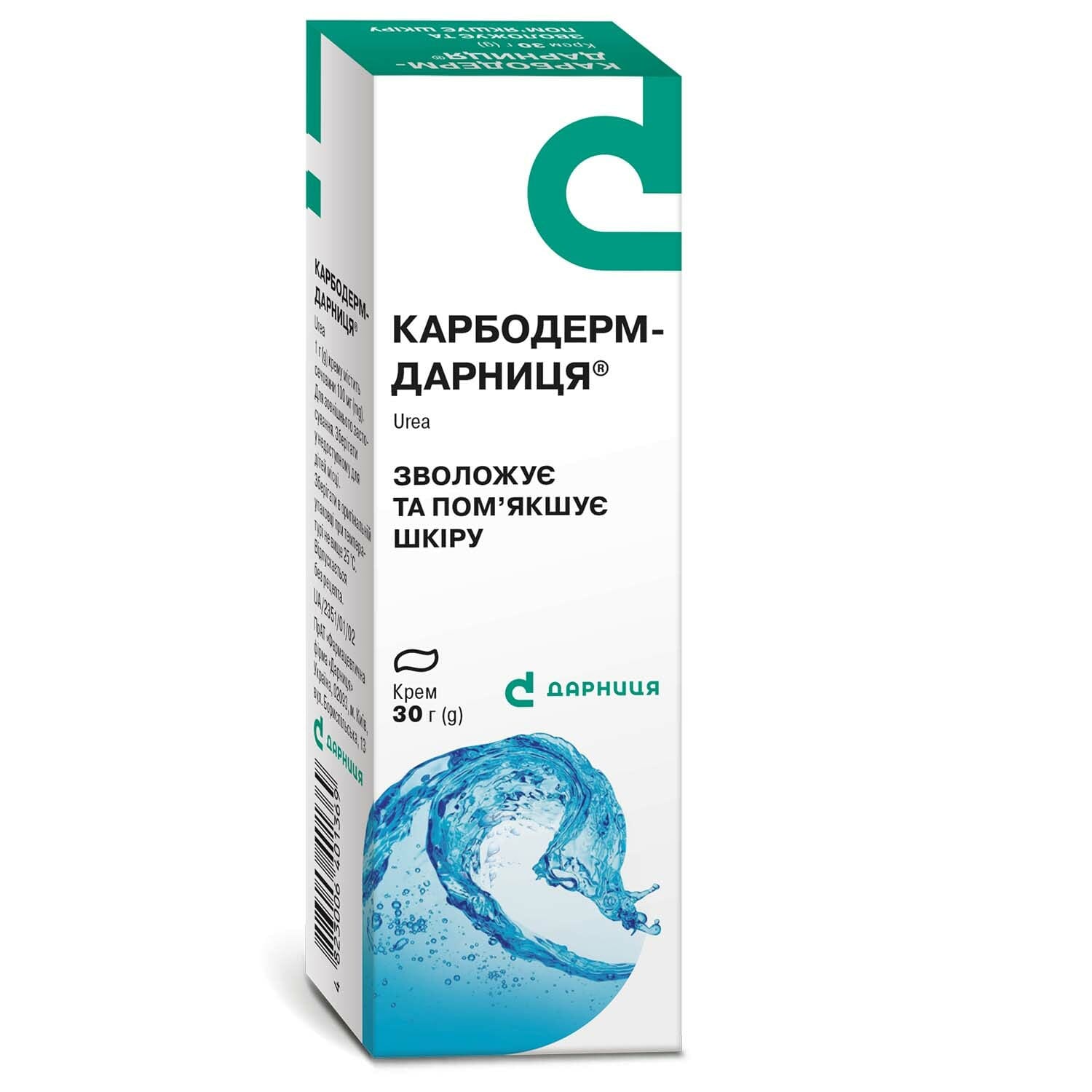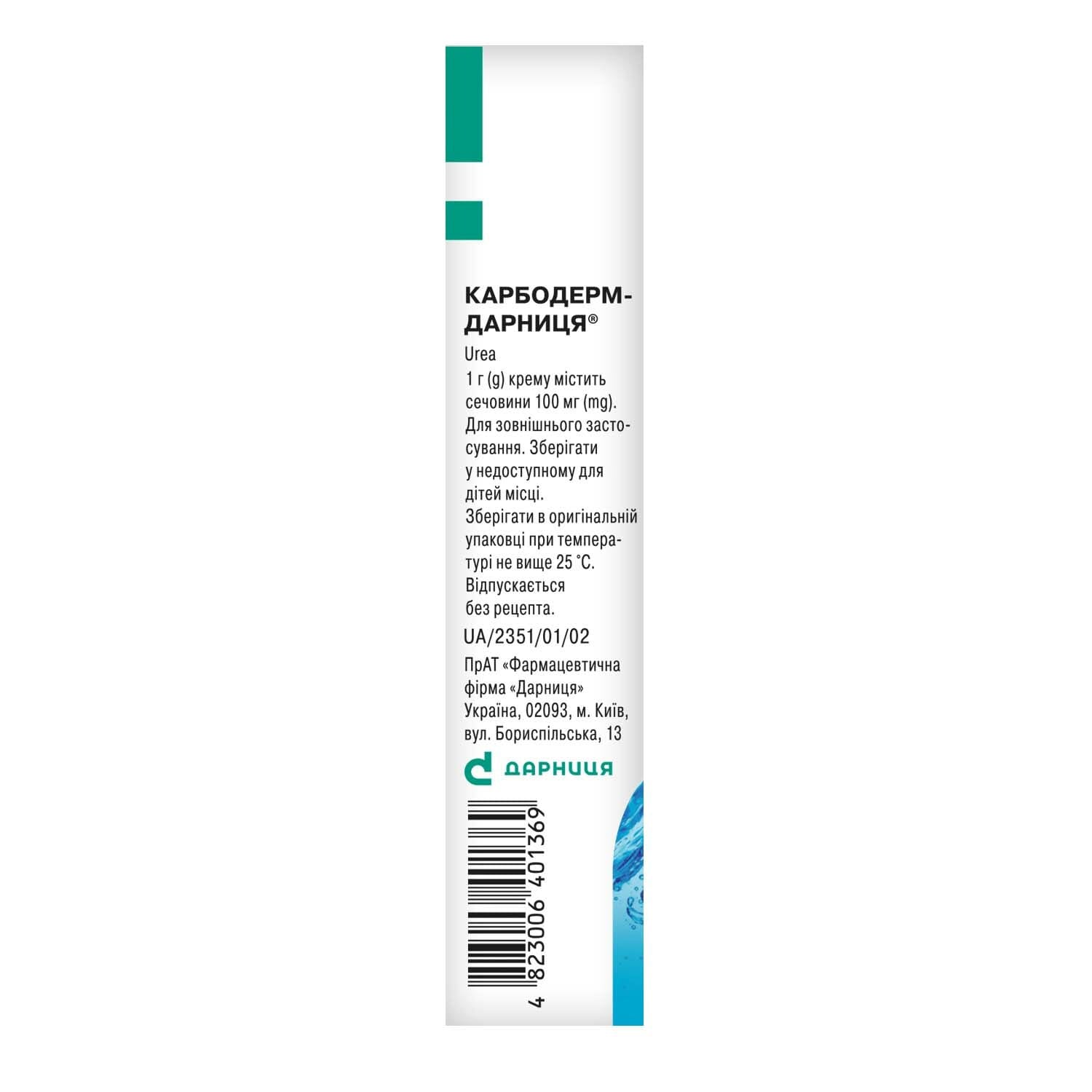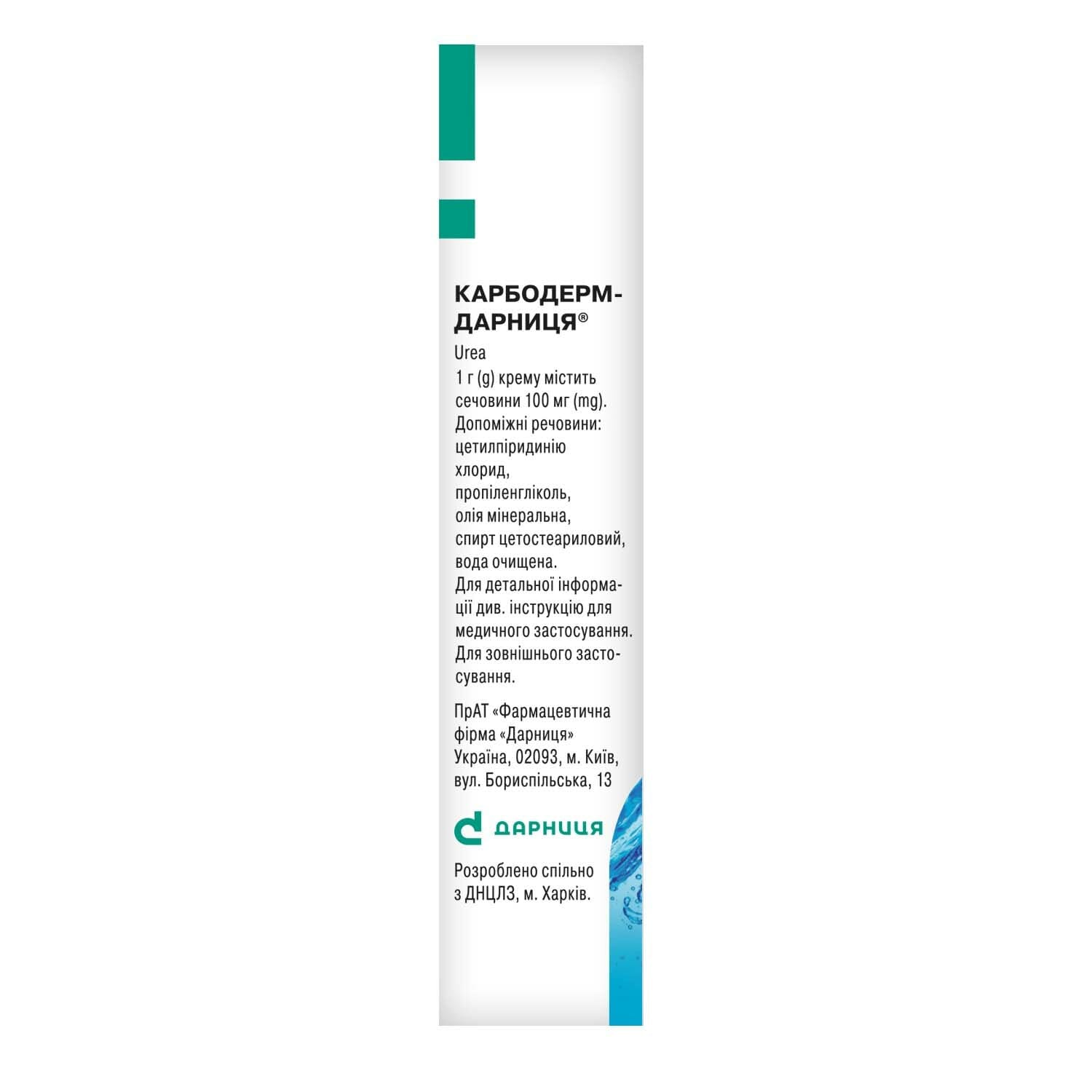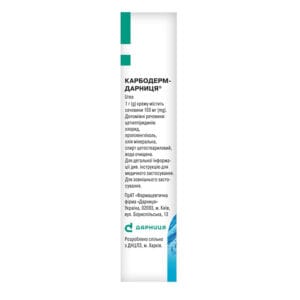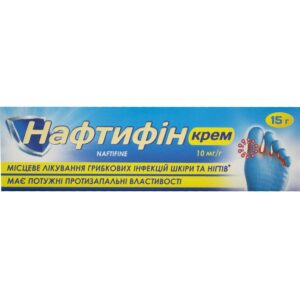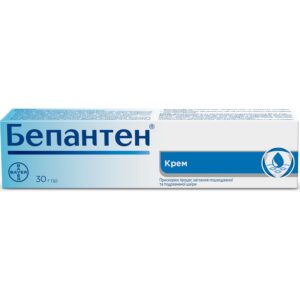No products in the cart.
Great news! The Canada Post strike is over! We’re resuming deliveries to Canada!
Excellente nouvelle ! La grève de Postes Canada est terminée ! Nous reprenons les livraisons vers le Canada !
Great news! The Canada Post strike is over! We’re resuming deliveries to Canada!
Excellente nouvelle ! La grève de Postes Canada est terminée ! Nous reprenons les livraisons vers le Canada !

Contractubex gel tube 20 g
$45.50
[category_image]
Carboderm Darnytsia cream 100 mg/g tube 30 g
$20.96
Carboderm cream softens and moisturizes rough skin, reducing hyperkeratosis, psoriasis, eczema, and itching. Promotes healing and smooth texture.
Categories: Dermatology
Brand: Darnytsia
Pharmacological properties
Pharmacodynamics. Carboderm cream has a hydrating, keratolytic, antipruritic, antibacterial and antifungal effect. As a result of using the cream, the manifestations of hyperkeratosis are reduced, the skin is softened and moisturized, its elasticity increases, and the epithelization of surface lesions is improved.
Urea in a dosage form with a concentration of 10% has a bactericidal and fungicidal effect due to cetylpyridinium chloride, which is part of the drug. Due to the weak local anesthetic effect of urea, the drug has an antipruritic effect.
Pharmacokinetics. High-molecular polymeric substances of the ointment base retain urea on the skin surface at the site of application, preventing its transdermal absorption, due to which urea does not enter the systemic bloodstream.
Indication
Skin diseases accompanied by increased formation of keratinized epithelium: used to treat psoriasis (in the stationary stage with significant infiltration), seborrhea, keratomycosis, hyperkeratosis, hyperkeratic forms of eczema, ichthyosis.
Application
The drug is used in adults.
The doctor prescribes the dose of the cream individually depending on the type of disease, the degree of damage and the size of the affected area. The cream (on average 1-4 cm) should be applied to the affected area of the skin 2 times a day. To increase the effectiveness of the treatment, it is possible to use occlusive dressings.
The duration of treatment, which can be an average of 1-2 weeks, is determined by the doctor individually depending on the type and severity of the disease, taking into account the regression of symptoms of infiltration and lichenification of the skin.
Contraindication
Increased individual sensitivity to urea or other components of the cream, as well as dermatosis accompanied by pronounced exudation.
Side effects
In rare cases, dermatological reactions may develop: skin redness, itching, tingling and skin irritation. Local allergic reactions, including contact dermatitis, are possible.
In exceptional cases, a burning sensation may occur, more often when applying an occlusive dressing.
If any adverse reactions occur, you should stop using the drug and be sure to consult a doctor.
Special instructions
Avoid contact with eyes and mucous membranes.
To prevent exposure to healthy tissue, it is desirable that the area of skin to which the cream should be applied does not exceed the size of the affected area.
Do not use to treat acute inflammation of damaged skin.
Pregnancy and breastfeeding. The drug is used during pregnancy and breastfeeding as prescribed by a doctor.
Children: Not used in children due to lack of clinical experience.
Ability to influence the reaction rate when driving vehicles or working with other mechanisms. The drug does not affect the reaction rate when driving vehicles or working with complex mechanisms.
Interactions
No interactions of Carboderm cream with other drugs have been identified, however, it should be noted that simultaneous use of the drug with other ointments or creams may lead to increased resorption of the medicinal substances included in their composition (especially corticosteroids).
The simultaneous use of other drugs containing urea and its derivatives is not recommended.
Overdose
No cases of overdose with Carboderm have been recorded.
If a large amount of the drug is accidentally swallowed and symptoms of intoxication occur, you should consult a doctor.
Storage conditions
In the original packaging at a temperature not exceeding 25 °C.


